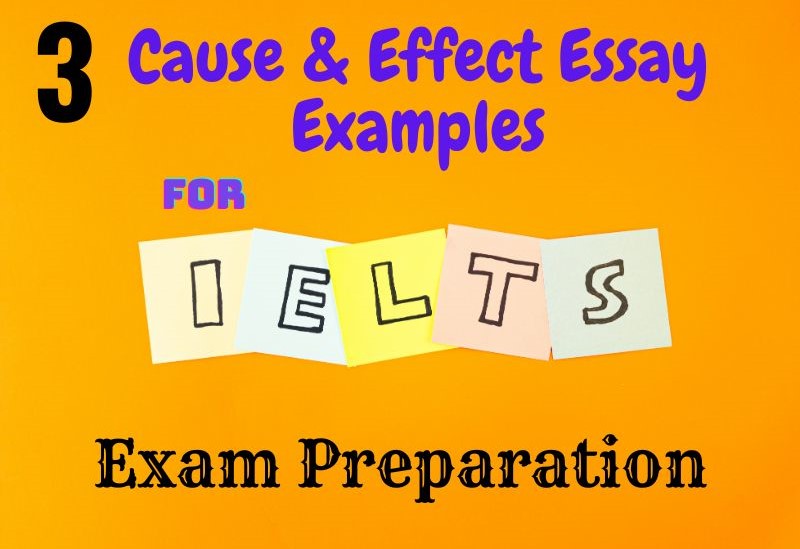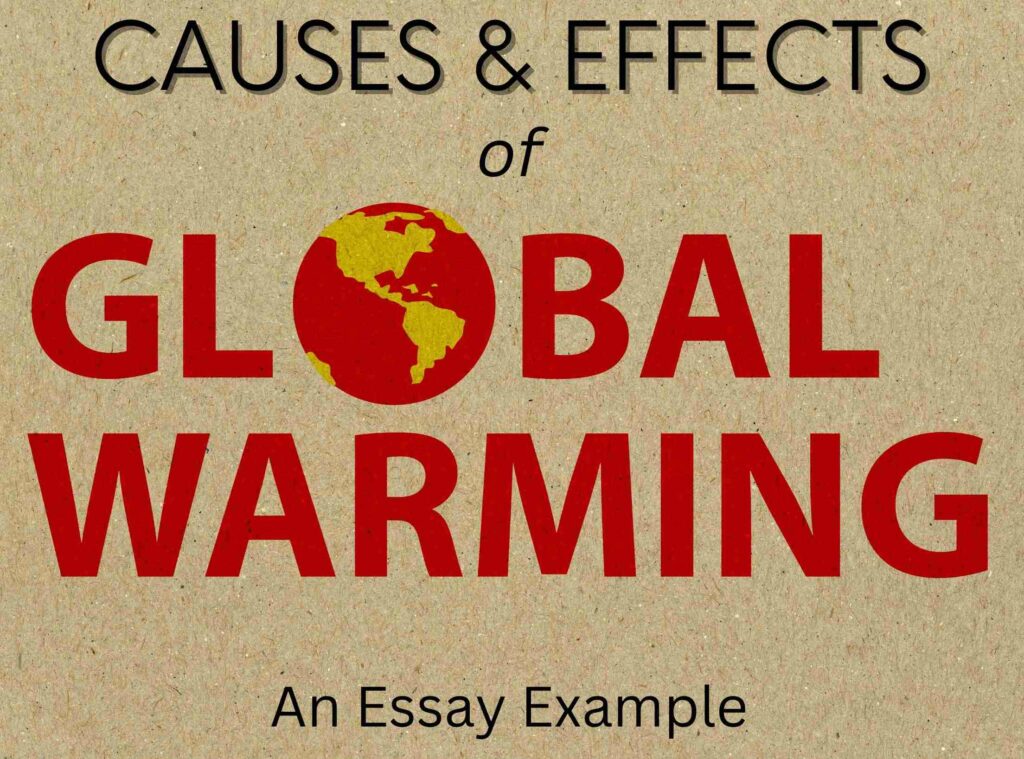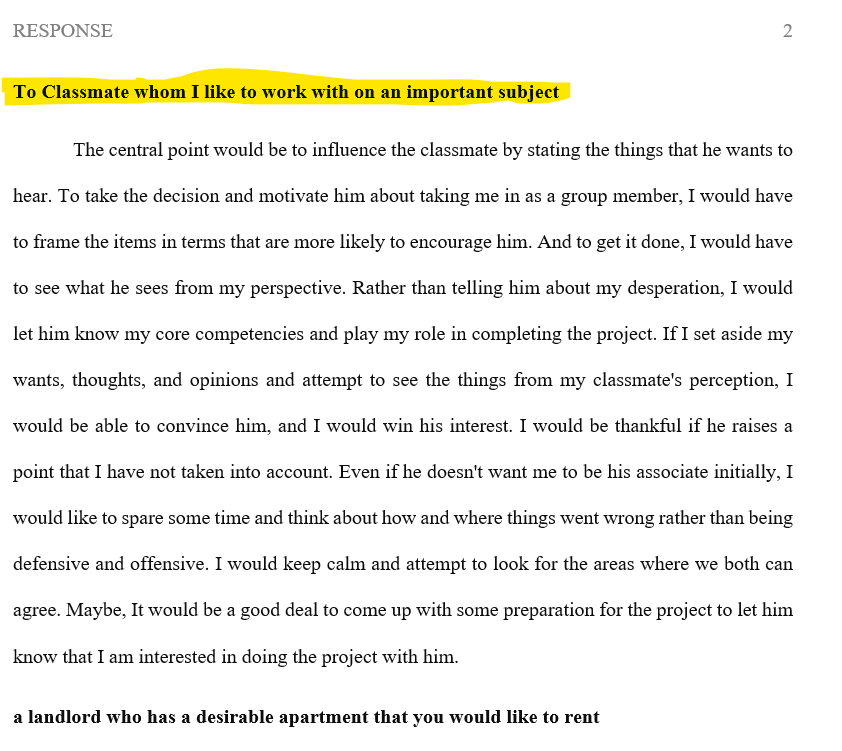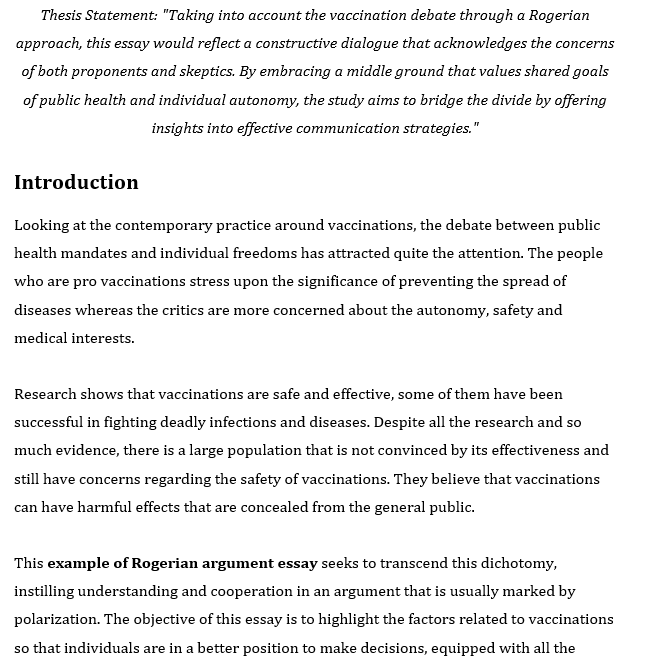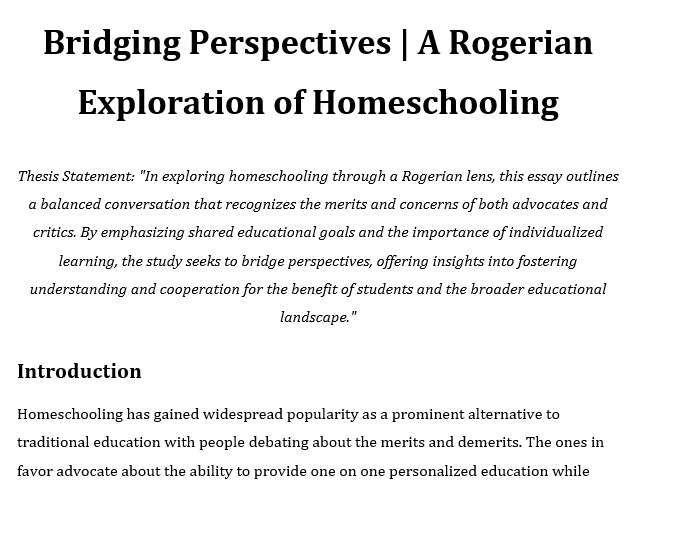Pollution’s Vicious Cycle: Unraveling Causes and Effects on Our Environment
Thesis statement: “Looking at the multiple causes and pervasive effects of pollution on our environment, this essay contends that the interconnection of industrial emissions, improper waste disposal, agricultural practices, and deforestation forms a vicious cycle that is composed of air and water quality, disrupts ecosystems, and exacerbates climate change.”
Introduction
In today’s world, pollution has become a big and threatening problem because of factories and what people do. This essay will explore several factors that lead to pollution and how badly it affects nature, people’s health, and the balance of our planet. Acknowledging complexity and interconnectedness of these factors is crucial to develop solutions that are comprehensive and sustainable in nature. Moreover, they address the root causes leading to pollution and strive for a healthier planet.
Cause 1- Industrial Emissions and Air Pollution
However crucial industrial activities are for economic development, they come with a major drawback, releasing pollutants in the atmosphere. From greenhouse gasses like carbon dioxide (CO2) to particulate matter and harmful chemicals, these emissions combine to create a toxic mix that tampers with the composition of the air. There is no doubt that the fast paced industrial expansion has added to the industry but simultaneously it has added to the air pollution as well.
Effects of Industrial Emissions and Air Pollution
Deterioration of Air Quality
The biggest effect of industrial emissions is the constant release of pollutants into that air which deteriorates air quality, resulting in smog, reduced visibility, and adverse effects on human and animal health. It also gives rise to respiratory issues, cardiovascular problems, and an increased risk of lung diseases. Such issues become prevalent in areas with high industrial emissions with increased levels of air pollution. Furthermore, when there are more greenhouse gasses, global warming gets worse, leading to climate change and its widespread effects.
Acid Rain Formation
There are certain industrial emissions, sulfur dioxide (SO2) and nitrogen oxides (NOx) in particular that combine with atmospheric moisture to form acid rain. The acidic precipitation is an imperative threat to aquatic ecosystems because it damages soil quality, and adds to the degradation of natural habitats. The far reaching effects of acid rain underscore the interconnectedness of atmospheric and terrestrial systems.
Cause 2 – Improper Waste Disposal and Water Pollution
Improper disposal of waste, including plastics, chemicals, and other pollutants, contaminates water bodies, which is life threatening in nature especially when it comes to the aquatic ecosystems and human health. Irrespective of the fact that there are proper disposal bins in place, still people tend to dispose of waste in improper ways without caring about the adverse effects.
Effect of Improper Waste Disposal and Water Pollution
Contaminated Drinking Water
Water pollution jeopardizes the safety of drinking water sources, exposing communities to health risks such as waterborne diseases. This contaminated water eventually becomes a breeding ground for pathogens, adversely affecting the health and well-being of populations relying on these water sources.
Marine Ecosystem Degradation
Pollutants discharged into oceans and waterways lead to the degradation of marine ecosystems. Plastic waste, in particular, is a severe threat to marine biodiversity as marine species ingest or become entangled in debris. The far-reaching consequences extend to ecosystems that are dependent on healthy oceans for their ecological balance.
Cause 3 – Agricultural Runoff and Soil Pollution
When it comes to intensive agricultural practices that involve using fertilizers and pesticides contribute to runoff, carrying harmful substances into water bodies and degrading soil quality. To increase the production of crops and increase the yearly yield, the farmers have been using more of the fertilizers and pesticides.
Effects of Agricultural Runoff and Soil Pollution
Eutrophication of Water Bodies
When agricultural runoff introduces excess nutrients into water bodies, it leads to eutrophication. This process causes algal blooms, depleting oxygen levels in the water which eventually result in “dead zones”, a place where aquatic life cannot thrive. The impact is felt across entire aquatic ecosystems, affecting the delicate balance of flora and fauna. This phenomenon disrupts the balance of nature in a way that is difficult to reverse.
Soil Degradation and Loss of Biodiversity
The use of agrochemicals contributes to soil pollution, affecting soil fertility and the overall health of ecosystems. Soil degradation results in the loss of biodiversity, impacting plant and animal species dependent on healthy soil conditions. The ramifications extend beyond agriculture to encompass entire ecosystems. Basically, one thing leads to another and disrupts the smooth runnings of nature.
Cause 4 – Deforestation and Loss of Green Cover
Widespread deforestation, driven by urbanization and agricultural expansion, reduces the planet’s capacity to absorb carbon dioxide and disrupts ecosystems. Even though people know that forests and green areas are good for humans and animals, they still chop down trees to construct buildings and roads.
Effects Deforestation and Loss of Green Cover
Increased Greenhouse Gas Emissions
Cutting down too many trees adds more carbon dioxide to the air, making the greenhouse effect and climate change worse. Forests, which soak up carbon, disappearing makes human activities affect global temperatures even more. This connection shows how important forests are in lessening the bad effects of climate change.
Disruption of Ecosystem Services
Chopping down trees and ruining natural homes messes up important things nature does for us. Cleaning the air and water, helping plants grow, and keeping many different types of living things are all affected. This doesn’t just hurt the places where trees are cut down but also harms the whole interconnected system of life that depends on these helpful things from nature.
Conclusion
Pollution creates a complicated cycle that upsets the balance of our planet. To fix pollution, we need to do many things like using sustainable practices, managing waste responsibly, and everyone worldwide committing to taking care of the environment. Understanding how everything people do affects the environment is crucial to stop the cycle of pollution and make a better, more lasting future. The message is clear: we must all work together to lessen the reasons and effects of pollution, making a global promise to keep our planet healthy for the future.
This is Izzah, a content writer and editor who creates SEO-friendly content and has experience in academic writing. Backed by 10 years of experience in writing and editing, she is equipped with the skill to create content that is backed by thorough research and has impeccable structure.


